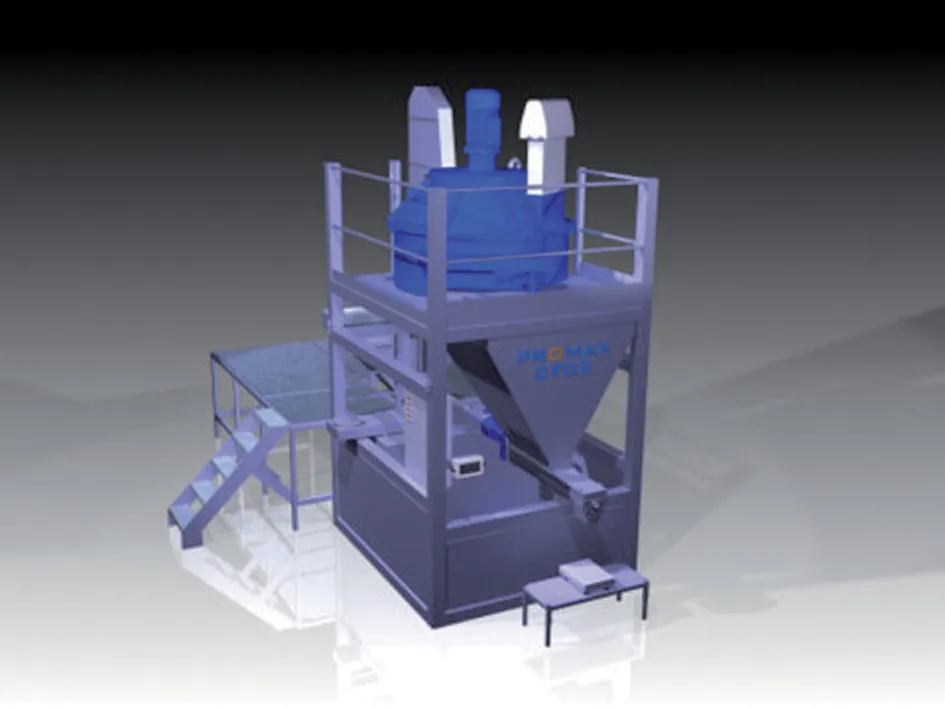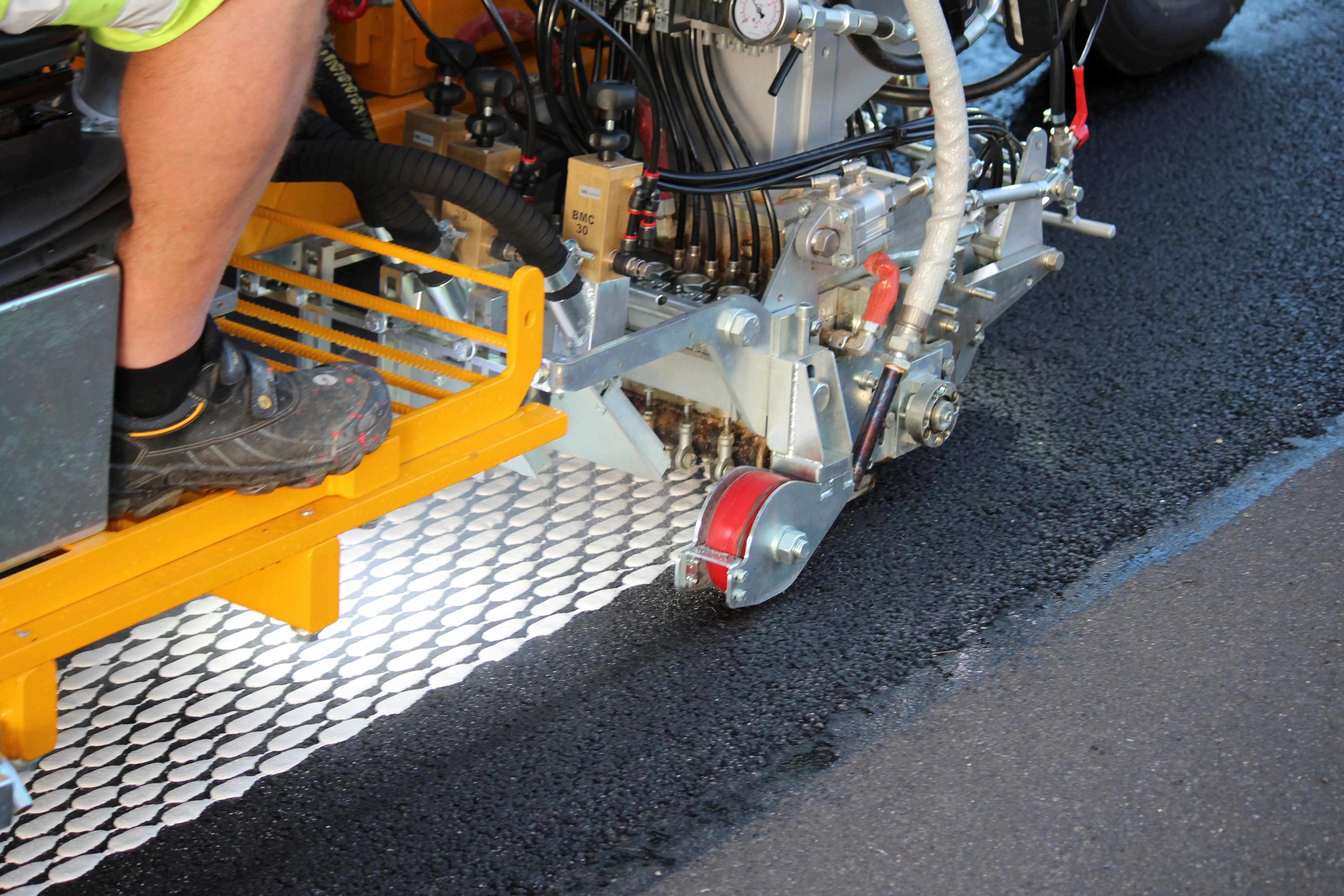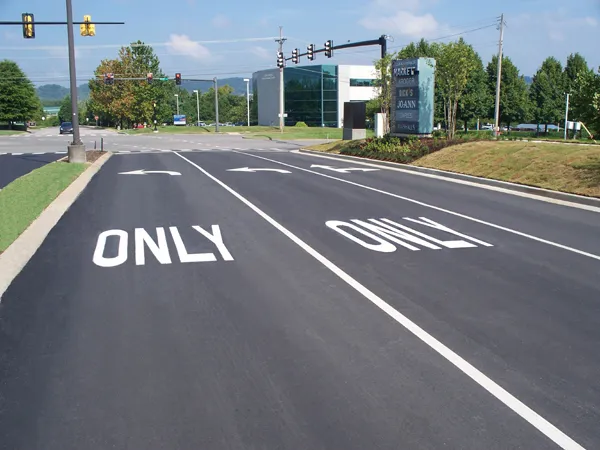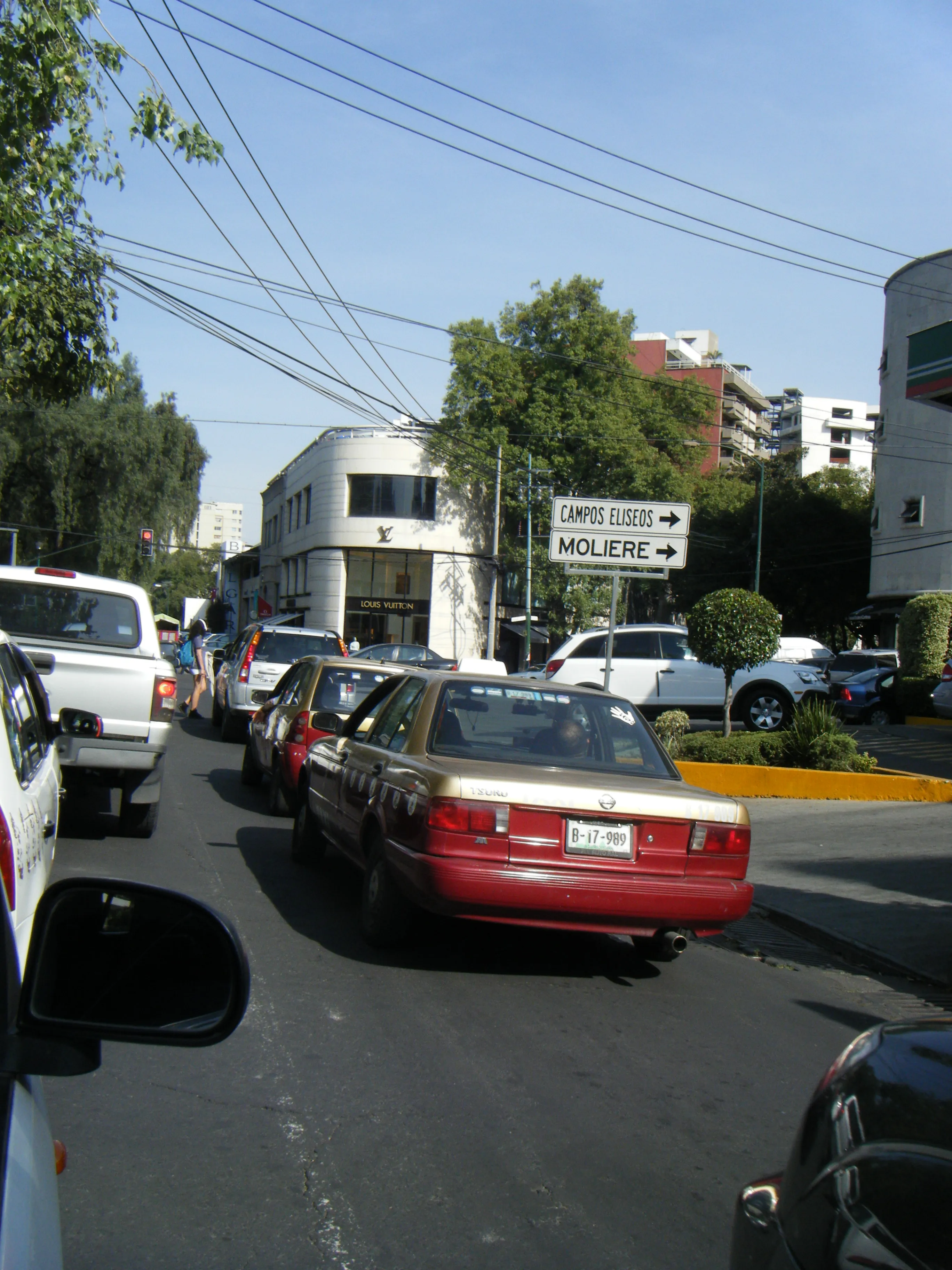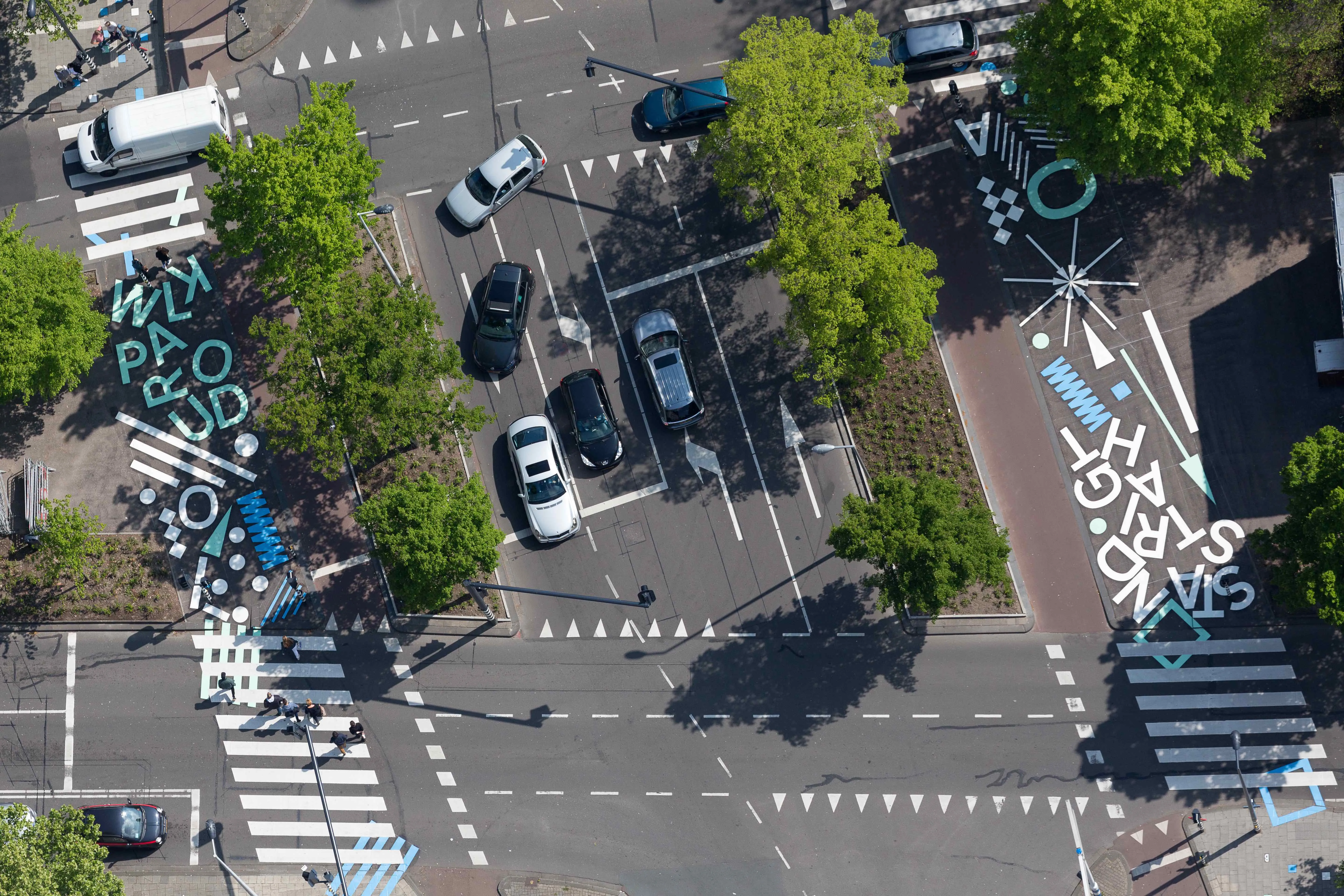
The increasing popularity of colourful crosswalks is exercising the creativity of municipalities around Europe. An example is the use of
The art collective Opperclaes, working with urbanism agency Street Makers, designed an artwork-style crosswalk on the Westblaak area of Rotterdam. The Westblaak is a busy street in the city centre and connects Churchill Square with the Eendrachtsplein. The street has a wide pedestrian middle area that includes a skate park and which is used as a meeting place. Because it is a people-place, good crosswalks are essential for public safety.
For the project, Schreuders Infra, a road marking and street furniture specialist, applied the preformed thermoplastic markings. The company has extensive experience in applying all kinds of paint and surfaces, including cold plastic as well as making asphalt repairs and lining for roads, parking garages, parking lots and electric charging points.
The attraction for such innovative and creative pedestrian crossings is not just the fun aspect for children. These interesting cross walks get their attention, meaning they are more alert to the fact that the pedestrian area is where they should cross the Westblaak’s busy road. Images abound on the crosswalk, as well as words such as, “Stand straight and walk proud”.
Creative and decorative crosswalks have also been made with preformed thermoplastic in the Bankside area of central London. In Zaandam in the Netherlands, authorities used PlastiRoute cold plastic from
Safety awards
In London,
Applications for this, the second year of the Evonik Road Safety Award, closed at the end of May. The award acknowledges and rewards the contributions to road safety of public authorities worldwide.
The prize is €10,000 in the form of a sponsored road marking application, a donation of traffic safety related items, or a donation to a non-profit organisation. It is bestowed by Evonik upon identification of the winner by an independent jury of internationally recognised experts in the field of road safety, transport and city design.
The Evonik Road Safety Award is designed to support sustainable road safety initiatives. Key criteria for the winning project/initiative are its contribution to road safety (60%), sustainability (20%), innovation (10%) and replicability (10%).
The jury consists of Adnan Rahman and Susanna Zammataro at the %$Linker:
The two academic jurists are Markus Oeser and Paul
Last year’s winner was Thailand’s Department of Rural Roads for a comprehensive safety initiative around schools, especially in rural areas. A pilot project was set up at Nonthaburi province in 2013. It identified speed reduction and visual communication as two key ways to create awareness.
Thai authorities installed edge lines, coloured anti-skid rumble stripes and pedestrian crossings based on MMA cold plastic road markings. Since being installed, they have recorded zero accidents and the MMA cold plastic-based road markings remain durable and functional, even after three years, with no maintenance required.
Second place was for Chongqing Municipal Government Traffic Department’s School Zone Caring Colour Zebra crossing project. The Chinese city launched the project in late 2012. The four crossings are red and white anti-slip crossings covering an 400m² in front of schools in Chongqing city. The crossings not only provide visual awareness to drivers, but also guide students. Observation statistics showed that the rate of road accidents is reduced more than 50% after using a coloured zebra crossing.


